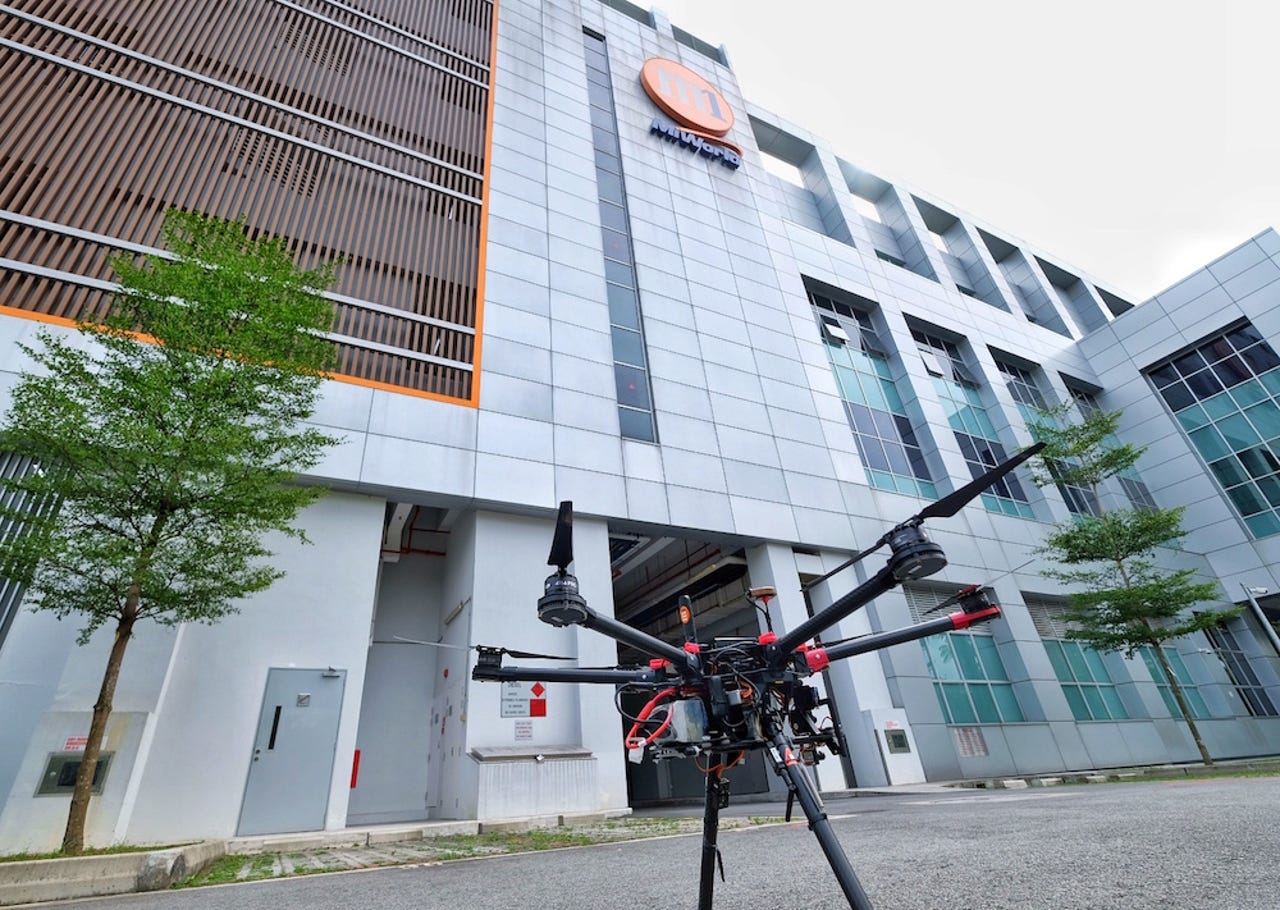M1 to assess use of 4.5G mobile network for drones


M1 has completed trials involving the use of its 4.5G "heterogeneous network" (HetNet) to control drone operations and is embarking on further research on the traffic management of such devices.
The Singapore telco had worked with Nanyang Technological University (NTU) to conduct the trials, tapping its network to provide "command, control, and communication capabilities required for safe and efficient drone operations".
The specially designed drone, or unmanned aircraft system (UAS). was put together by the Air Traffic Management Research Institute (ATMRI), a research centre jointly established by NTU and the Civil Aviation Authority of Singapore (CAAS). The drone then was flown around M1's office building as well as two fields located in the western part of the island.
According to the mobile operator, drones typically ran on unlicensed spectrum such as 2.4 GHz band, which provided short range line-of-sight wireless connectivity but was susceptible to radio signal interference.
In comparison, M1 said, its 4.5G HetNet could provide secured, low latency, and high throughput mobile connectivity. This would not only enable drones to fly beyond visual range in urban environments, they also could send real-time data and telemetry feeds during flight, providing information on their precise aerial locations.
All data transmitted would be monitored on the telco's HetNet, M1 said, noting that this then could lead to the development of a fleet traffic management system, designed specifically for Singapore's urban airspace and surrounding sea-to-shore coverage.
One of several key components in the Singapore's smart nation initiative, HetNet had been touted to facilitate more optimal use of wireless spectrum by enabling devices to switch between various types of wireless networks. This would allow mobile users to roam seamlessly between different networks.
M1 also signed an agreement with ATMRI to further research and develop its HetNet for the traffic management of UAS in the country. This also would provide insights for drone operations on future 5G Ultra Reliable Low-Latency Communication (URLLC) networks, the operator said.
Spanning three years, the initiative would see M1 engineers and NTU researchers mapping out signal strengths and latency of drones running on the HetNet, within Singapore's urban airspace and up to 130 metres. This would enable the team to identify suitable airspace for reliable command and control for drones, including when the devices were out of visual range.
Focus areas would include a command-and-control link for unmanned aircrafts, which was critical in ensuring the drones could be efficiently and safely managed in dense urban environments such as Singapore.
M1 CTO Denis Seek said: "Interest in drones has already taken off beyond recreational and hobbyist groups, into serious commercial applications. Mobile technology has the potential to expand and extend the capabilities of drones to enable incredible new applications, such as using drones to perform search and rescue operation at remote or inaccessible sites, aerial infrastructure surveillance, delivery of parcels quickly and efficiently, and even new entertainment channels such as first-person view drone race."